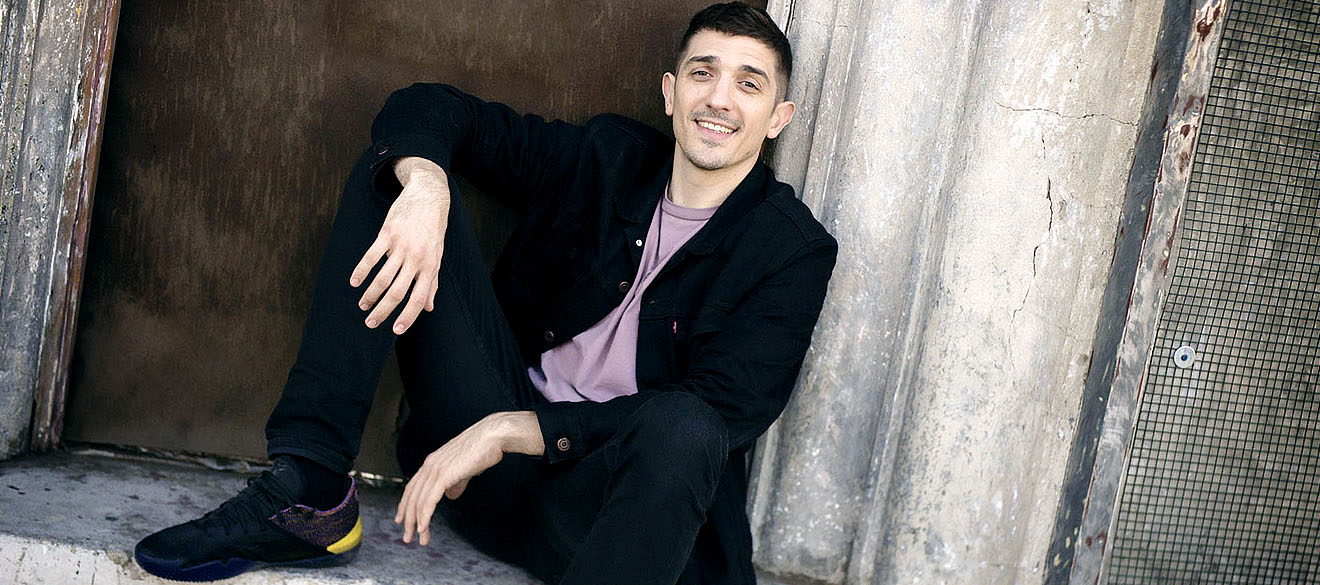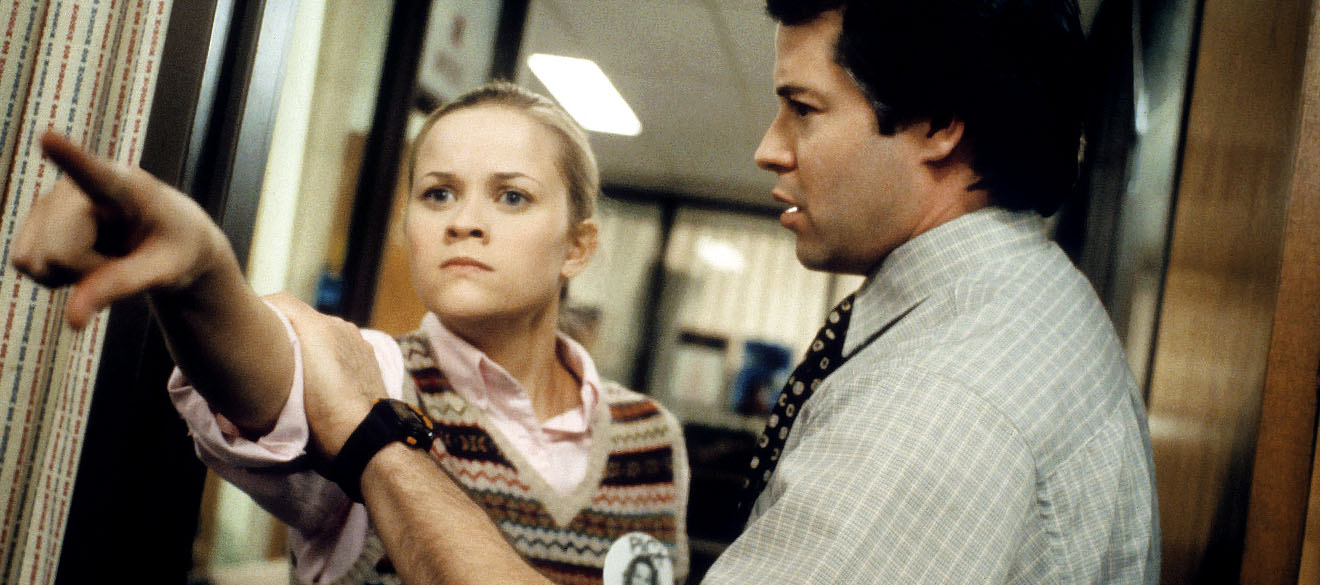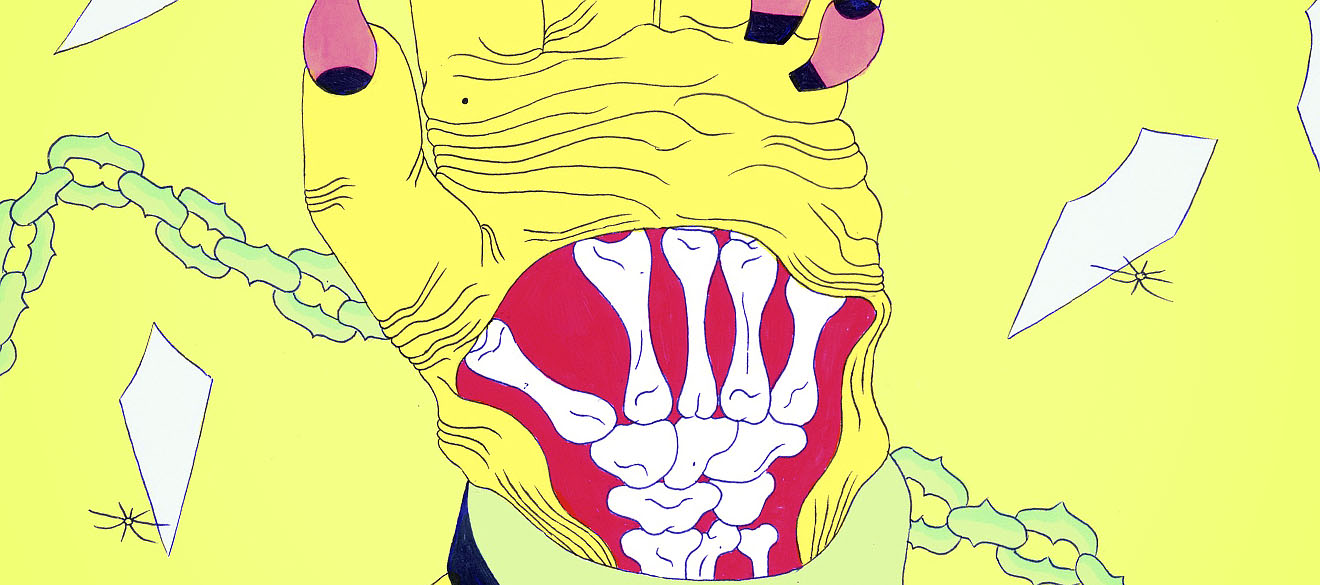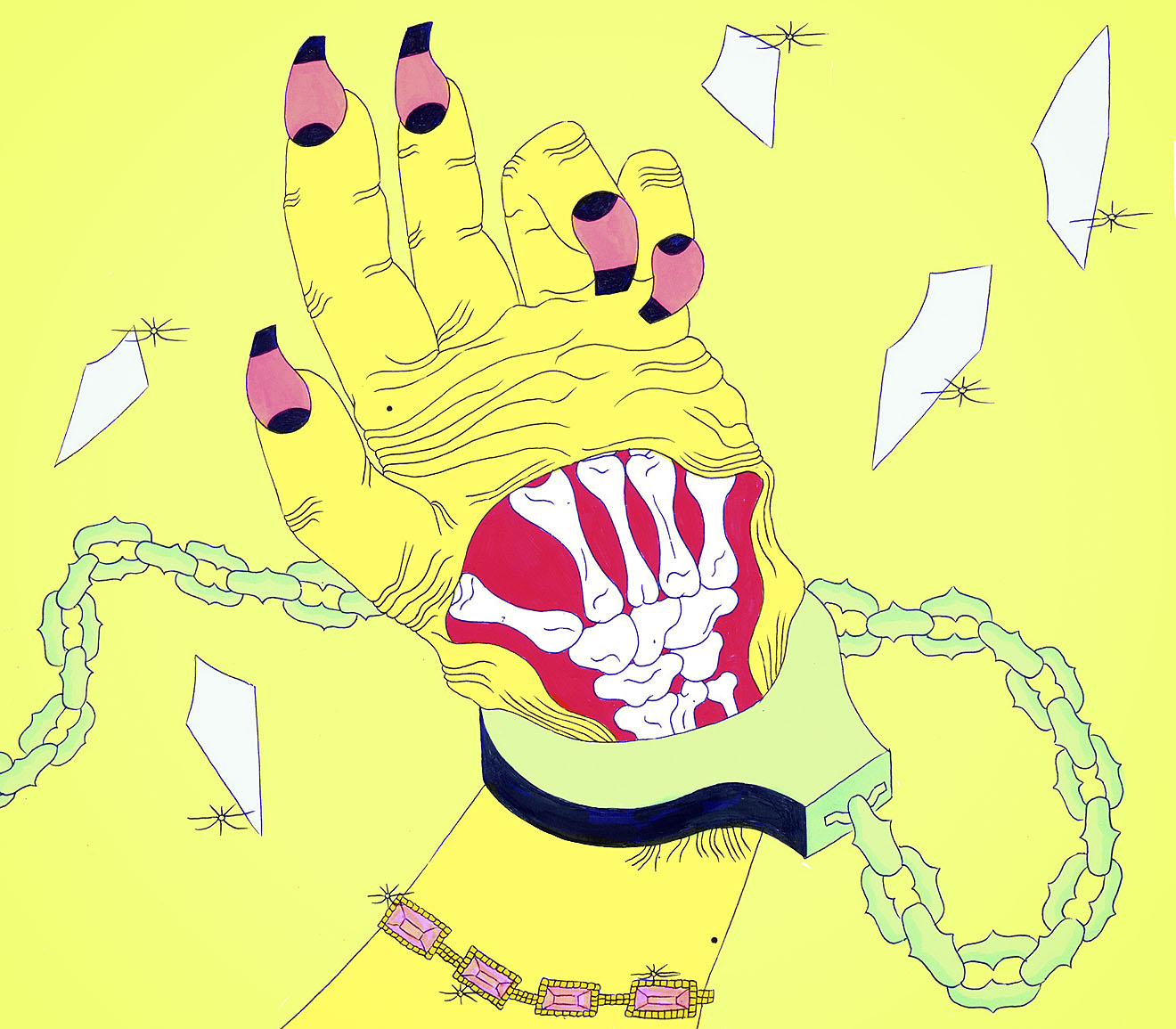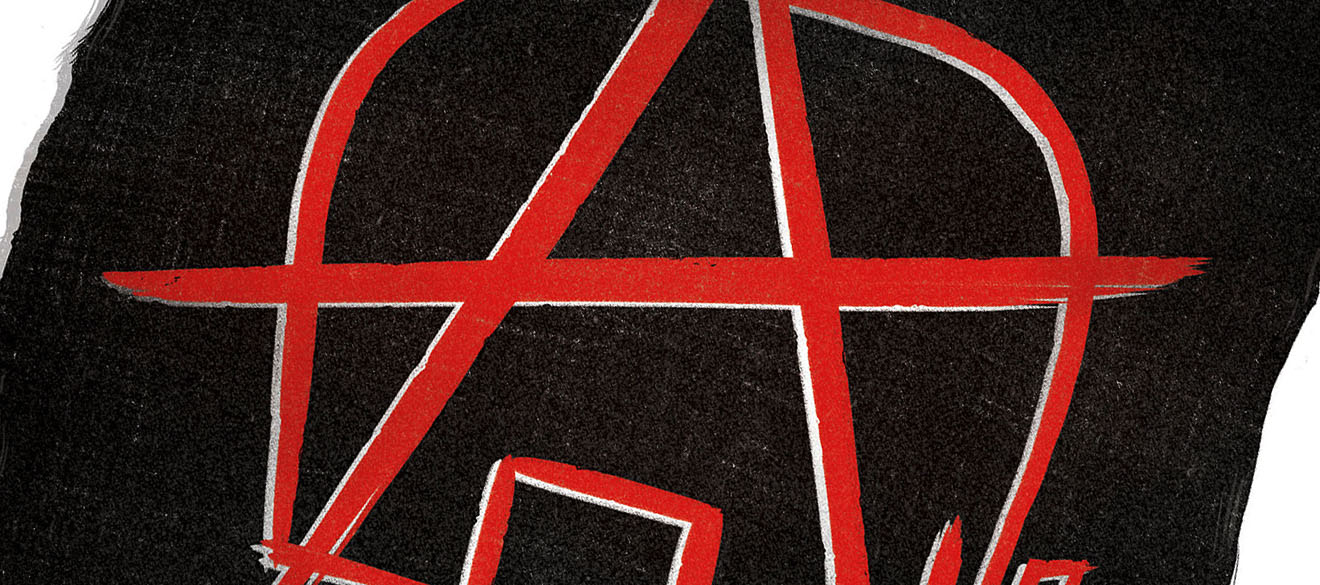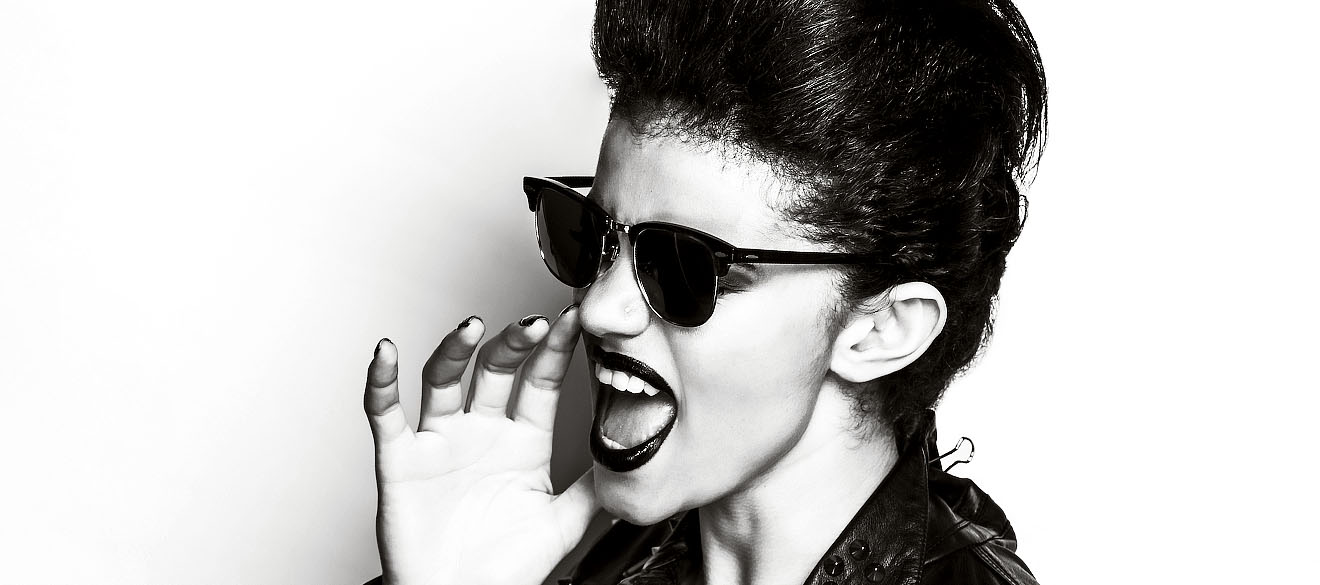Sex Survivor sounded too crazy to be true: 30 porn stars in a Hollywood mansion, competing in ridiculous sex contests with names like “Blind Man’s Muff” and “Musical Blowjobs” to be the last person lying on their back.
The house was rigged with cameras that live-streamed all the filthy action to an online audience who’d paid $70 for the ability to tune in whenever they wanted, and vote out the actors one by one. The show’s tagline: “Screw the most, suck the most, lick the most, to survive.”
This was the year 2000, and people were still using Nokia phones and Internet Explorer; the idea of a 24/7 live-stream porn reality show was so outlandish that it instantly became a media phenomenon, covered feverishly in mainstream magazines like Wired. At the time, reality TV was just starting to take off with the first season of Survivor—and everyone knows that nothing is truly successful until there’s a porn knockoff.
Then, just as dramatically as it had come together, it all fell apart. The cameras stopped working, checks started bouncing, and the cast was caught fucking the crew. After the director ran off with the prize money, most of the footage disappeared, too. Although some of it later resurfaced on Playboy TV, it is now almost impossible to watch any scenes from the show.
Nearly two decades after Sex Survivor’s catastrophic demise, we tracked down its stars to find out what really went down, both in front of and behind the cameras.
The Players:
Alana Evans, participant with her boyfriend (now husband), Chris Evans
Sam Phillips, host
Steve Nelson, participant and reporter for the website Adult Industry News
Lianne Young, aka Billie Britt, participant and “porn queen” from England
Sharon Mitchell, counselor and founder of Adult Industry Medical Health Care Foundation, which provided STD testing to porn stars
Alana Evans: My agent, Robert Lumbard, got a big casting call. They told us that we would be secluded in a house doing mini-contests and having sex with other people in the house. My boyfriend Chris and I went in—they teased us a little and said we looked like brother and sister. We didn’t know what we were getting ourselves into. The paycheck sounded incredible.
Sam Phillips: I was the reporter on the Playboy TV series called Sexcetera, and my cohost Kira Reed and I did a lot of Skinemax movies and softcore TV. A director-producer named Pat Siciliano hired me and Kira to host Sex Survivor. It’s funny, because now you can’t find an article on it to save your life, but at the time it was all anyone in the industry was talking about. It came out right on the heels of the first-ever Survivor.
Lianne Young: It got really good buzz. It was like the first Big Brother of sex. And it was in Drew Barrymore’s old house! It made CNN, CBS, everything.
Sharon Mitchell: I was running the clinic that does all the testing for porn talent, and I got asked by the company, Metro Distribution, to do all the testing for Sex Survivor. We screened for hepatitis, and medicated everyone for chlamydia, gonorrhea, syphilis, herpes. And of course, we used a standard early-detection test for HIV.
Alana Evans: Once we’d done our STD tests and such, we were not allowed to have sex with anyone else, because they wanted to keep their performer pool clean, and not worry about contamination of STDs from outside. For a bunch of people going into a house, that’s pretty important.
Steve Nelson: [Producer] Michael Caruso was recruiting for Sex Survivor, and I was interested in reporting on it for Adult Industry News. Michael said, “You can come in, but you have to come in as talent.” So I got tested with everyone else. My ex-wife and I were swingers, so we were used to doing it in front of people, but I wasn’t officially “talent” until then. I was able to bring a computer since I was reporting, but I had to leave it in the computer room. No one was allowed cell phones or laptops in the house.
Alana Evans: Michael Caruso was an older gentleman with mostly white hair. He was the one calling the shots, so he was telling us how this was going to go. There were multiple webcams in every room that were supposedly feeding live footage to the website that people were subscribing to. At that point, other than it being live on the internet, we didn’t know what the final distribution was going to be. That was not explained to us.
Steve Nelson: Before we went up to the house, we were sequestered in a motel off Hollywood Boulevard. We were all in a room, getting some kind of briefing. One of the girls had to pee really bad, so she grabbed a plastic cup and peed in it. [Performer] Danny Martell ran up, grabbed the cup, and drank her pee. That totally blew my mind. I think he was just into it!
Alana Evans: After the first couple of days in the motel, we were taken up to the house—a massive, beautiful mansion that sat on top of the Hollywood Hills. You could go underneath the patio and see into this big pool from belowground. There were even windows in the pool and a walkway over it. There were also so many people; it felt kind of like a big adult camp.
Lianne Young: Everything was really well-organized and professional. The food was fantastic, and the health adviser was there, giving us tests. So if we needed B-12 shots, we got those.
Alana Evans: There was always craft services in the kitchen. They had a ton of makeup artists, and they would take care of us. It seemed like it was [catering] to all of us. We had no idea of the meltdown that was happening on the other side.
Sam Phillips: They outfitted the house with 31 cameras and every room had night vision. You could see everything that happened in that house. The viewer would buy a pass for $70, and could just log on whenever. It was basically a 24/7 fuck-a-thon. Every day we would show up and they would tell us the contests they were planning on filming that day. The idea was they’d have the challenges during the day, but if you really wanted to stay, you had to fuck at night. You’d have to be a fuck machine and fuck as long and as crazy as you could. Because if you were boring, you would be voted out.
Lianne Young: You’re working from early morning to late night. When you make a normal movie, the [director] says cut, and you go home and get your check. In Sex Survivor, there was no cutoff point. Even when the cameras stopped rolling, the in-house internet cameras were working. The only break or escape time you had was going to the toilet.
Sam Phillips: One day, I was wearing a raincoat because there was a squirting contest, and it was so we would not get wet with people’s piss. I was just like, “Oooh, everyone’s squirting, watch out, guys!” But we weren’t wearing raincoats every day. We were looking glamorous—we were hosts.
Lianne Young: The “Roman Orgy” was the messiest contest ever. Twenty-four of us in togas, trying to have sex with as many people as possible. A room full of white sheets and naked bodies—it was like walking into a comedy porno. I had to stop performing because I was laughing too much. Once I started laughing, everyone started laughing.
Alana Evans: We were having so much sex, it was crazy! And not just straight penetration, it was all kinds of things. It was complete nonstop sexual activity. We weren’t sleeping full nights because we were always on camera.
Lianne Young: When you’re doing a regular porn shoot, it’s more intimate. That’s what makes a good porno; there’s got to be some kind of connection. When you went into the Sex Survivor house, you didn’t have to have that. You were free to move from one performer to another. There was no direction, and there’s no editing when it goes on the internet. You can’t do retakes if there’s an accident.
Alana Evans: My boyfriend Chris and I were always with each other, and that’s kind of how most of the couples did it. We were also only together maybe a year at this point, so it was all really new and intimidating. There’s beautiful, naked women all around. This is the testing point for any relationship in the adult industry.
Sharon Mitchell: Group counseling took place in the living room. When you put that many porn stars in a house, there’s a lot of drama. The producers were setting up situations and feeding [the performers] alcohol for them to have sexual liaisons. There was one young man who was very concerning. He was very new, and he just didn’t seem ready to do this. I asked producers to have him excused from the show, but they weren’t in a hurry to let him out of his contract.
Lianne Young: I became a mother hen to the rookies who didn’t live their lives as adult stars. I used to protect them and say, “Do what’s right for you, not for the camera.” In my 20-year career, this was one of the worst scenarios because you’re trapped in a house, and you’re not in control of what you’re filming or what the viewers are seeing. You had to be very careful what you were willing to do, and not get carried away, because what you did, you couldn’t take back. There were scared 19-year-olds in the house not knowing what the fuck was going on.
Alana Evans: The first contest was called “The Vibe Off.” All the women were lying next to the pool on different layers of mattresses and pillows. We were using sex toys and masturbating as a group. I was the only one who said, “You know what? I’m gonna do anal.” Porn was different back then. Anal was taboo. And it worked, I won a television! I’m thinking, I won the first big contest! This is great! Whoop! I’ll make it here. But the morning comes, and I get my name called to be sent home. I was crushed. I didn’t understand how I’d won a contest, but now the viewers are sending me home? As a 24-year-old girl, that’s a huge hit to your ego. I actually cried. I was really upset, because I had to leave my boyfriend there.
Then I go home and find out that no one had voted. None of the websites are working—they’re not streaming, no one’s watching anything. Yet they’re still making people in the house perform under the premise of being watched. No one chose me to go home, except for the producers. They thought that if they sent me home, it would make my boyfriend go crazy and fuck all the girls in the house. He was six-four, blond, ripped. They were hoping that they were going to get some really hot stuff. It did the exact opposite. It made him go to every webcam with signs telling me that he missed me and he loved me. He made it so he was going to be the next one sent home, because he wasn’t giving them what they wanted.
Sam Phillips: Within the first four days, it all started falling apart. The next thing that went down was one girl beat up another girl, and [the producers] threw her out and said, “Well, you went against the contract, so we’re not paying you.” She started making a big deal and people started grumbling like, “Are we gonna get paid?” It became apparent that the executive producer was bouncing checks. We heard that the house was going to be shut down and they were gonna throw us out because a check bounced for the location.
Alana Evans: People were worried about what was going on. Who is this man, Michael Caruso? Who is this company? When [porn star and participant] Teri Weigel and Michael were caught having sex in the confessional booth, that’s when all hell broke loose. Michael wasn’t a part of any testing pool, and now he’d just had sex with Teri.
Steve Nelson: Teri’s a good kid. There’s no one with a better heart than Teri. The Teri Weigel scandal was initiated by the producer, Michael. Michael was in the confession booth playing the part of a priest and he was hot for Teri. That polluted the talent pool, because he was going home every night. Really, he did the wrong thing by breaking the rule.
This problem wasn’t exclusive to Sex Survivor. It happens on all sets because you can’t keep porn stars’ clothes on! They love sex, and I don’t blame them. Today, I hear more that girls are like, “The camera is not rolling, don’t touch me.” Back in the day, if there was chemistry, there would be nonstop sex.

Alana Evans: Teri was crazy the whole time we were in the house. Teri didn’t stop—she was trying to get her hands on everything. But Teri wasn’t there by herself; she had her creepy little husband with her. We didn’t want to have anything to do with them, because he made us uncomfortable, and Teri was a full-on sex freak. We all like sex, don’t get me wrong, but she was just a different kind of animal. So when she was caught having sex with the main producer, that’s when everybody was like, “Okay! Nope!” Chris comes home and fills me in on the complete meltdown. There’s nothing real about what’s happening in the house now. It’s no longer a competition. It’s, “We can fuck the boss and stay as long as we choose.”
Sharon Mitchell: Teri Weigel was the shining star. She wasn’t really a porn star—she was a unique gal, very bright and beautiful. She came from Playboy, and had never been in an arena like this. She was a swinger, and she was genuinely happy to be in a group of people like this and just have sex with everybody. She was getting a lot more airtime, and there was a lot of jealousy amongst the girls because they felt they should all be featured, not just Teri.
Lianne Young: Teri had to be removed from the house, and her husband at the time did a protest on top of the roof. He was going mental, so he had to be removed as well. He was shouting, “We’re not being moved!” It was hilarious.
Sam Phillips: So the contest was no longer live and online. Nobody could see it. Once it went offline, the whole shit hit the fan. The people that were kicked out saw that it wasn’t online and told the people that were still inside. So they revolted and threatened to leave. And the executive producer begged them, if they would just stay and do the contest as if it were actually still being voted on, they’d split the pie between the people that remained.
Lianne Young: We had a proper business meeting to go over the legal terms with the camera people, producer, and stand-in director. I remember sitting in that room and thinking that this show is fucked up and we can’t trust each other, because obviously that happens when someone breaks the ring of trust. Some people were crying, some were stressed.
The director had been fired. There were about ten people left, and we all said, “Look, we have to work together to save the show. Let’s do this game, and excuse Teri going out this way.” Otherwise, millions of dollars were going down the drain. Since we were working together, it was only fair that whoever won, we were gonna split the money equally. We didn’t tell the public. What we chose to do with our winnings was up to us.
Sam Phillips: We all felt terrible. But we all continued, because everyone was told that they were all going to get paid. We all just wanted this to work out for everyone. And if I quit and Kira quit, then who would host? In the end, me and Kira got ten grand, and our checks cleared. But I heard a lot of people’s checks at the end did not clear. They had different production companies all working on this thing, and I heard a lot of crew people didn’t get paid, either.
Lianne Young: I came in second; my check was supposed to be $250,000. I got the original $7,000 [when] I signed to go in for seven days, but as far as I know, nobody ever got the winnings. I dealt with a lawyer after the show, but there was no money to be had. Michael Caruso ran off with the money and moved to Florida or something.
One lesson you’ve got to learn is, if something sounds so good, it can’t always be true. There are a lot of snakes in pornography, and they can wear many disguises. Another lesson is that working in a big group like that can be very hard. It was a mass production, and if you’re not experienced you shouldn’t go anywhere near it.
Because it was new, everyone was on adrenaline. We were doing stuff we wouldn’t normally do in our porn careers. Were the producers taking advantage? I’m not sure. But people are competitive and will do whatever they can to win. I think some of the younger performers could have been easily coerced. In fact, I wouldn’t advise anyone to go into porn these days. It’s one of the only industries where the wages have gone down, not up.
Sam Phillips: It was a groundbreaking event that ended up, y’know, fucking everyone over. It was like the Fyre Fest. Yeah, that’s literally what it was. It was the Fyre Fest of fucking.
Michelle Lhooq is an L.A.-based music and weed journalist, and the author of the new book “Weed: Everything You Want to Know But Are Always Too Stoned to Ask” (Random House/Prestel).










